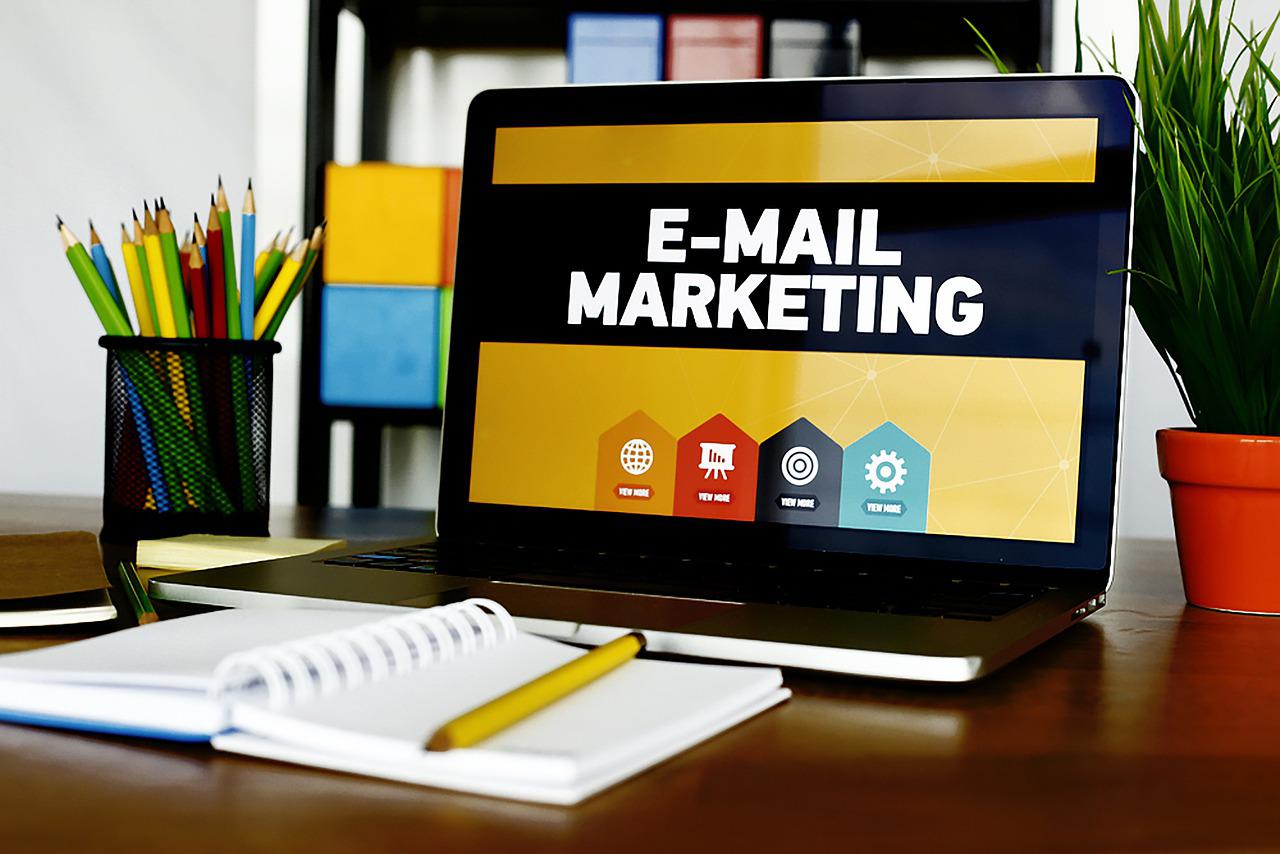Most people think of email marketing as a one-way street: you send out a message and hope that it’s received and read by your target audience. But as any experienced email marketer knows, that’s only part of the story. To make sure your messages are effective, you need to, with the help of email testing tools, test them first.
What is Email Testing?
Email testing is the process of sending out a test email to a small group of recipients before sending it to your entire list. This allows you to see how the email will look to different email clients, on different devices, and with different images and text. It also lets you test different subject lines and call-to-actions to see what gets the best response.
Email testing is critical to effective email marketing. By testing emails on different devices, you can ensure that your message looks its best no matter where it’s opened. Different email clients and browsers display messages in different ways, so it’s important to test them on as many platforms as possible.
You can use a variety of email testing tools to test your messages before you send them out to everyone on your list. These tools will show you how your email will look in different inboxes and on different devices. They can also help you find potential problems with your message, like broken links or images that don’t display properly.
Why is Email Testing Important?
Email testing is important because it allows you to identify potential problems with your email before it goes out to everyone. It also helps you to fine-tune your message so that it’s as effective as possible. And finally, it allows you to A/B test different elements of your email to see what works best.
It can sometimes be a case of experimentation and email testing tools help us in that respect. We always need to know that what we are doing is effective as a business and this includes sending emails that display everything that you intended as the sender. This includes all the text, the images, and the attachments.
There can be a limit to the capacity of files you can send with certain email providers, which might mean sending more than one email for complete communication. Alternatively, the answer might be to include a link to view a particularly large file on the cloud. Large files, which might be problematic to email systems, tend to be those where there are images and videos involved.
How to Test Your Emails
There are a few different ways you can test your emails. The most common is to send a test email to yourself and a few others, using different email clients and devices. This will give you a good idea of how the email will look and function in different environments.
Another way to test is to use an email testing service like Litmus or Email on Acid. These services will send your email to a wide variety of devices and email clients so you can see how it looks in as many different situations as possible.
Finally, you can also use an A/B testing tool like MailChimp or Constant Contact to send out two slightly different versions of your email to a small portion of your list. This allows you to compare the results and see which version performs better.
No matter how you test your emails, the important thing is that you do it before you hit “send” on your next campaign. By taking the time to test, you can avoid potential problems and ensure that your email is as effective as possible. This will help you to attract customers as a business rather than lose their interest before you have even started. It is important to keep a good reputation with your loyal group of existing customers and be effective when attracting new ones.







